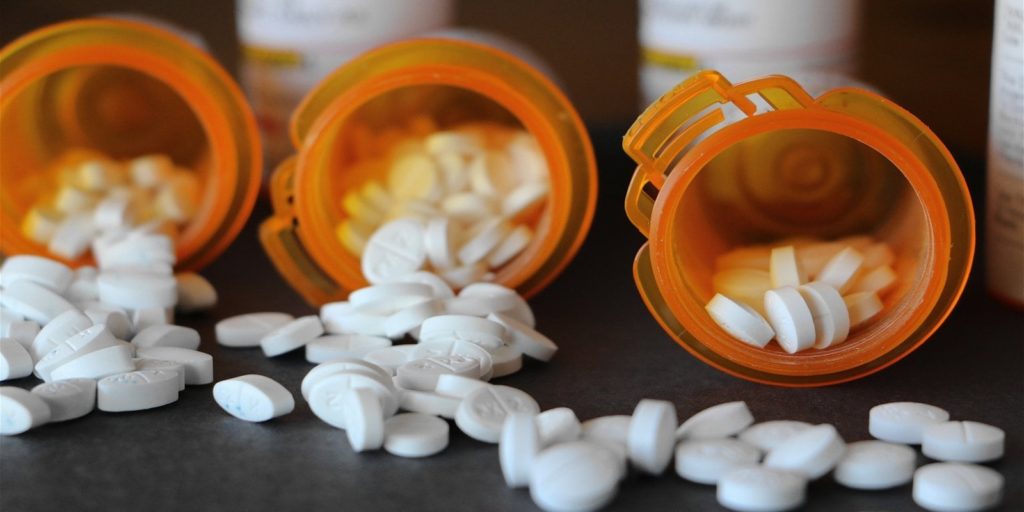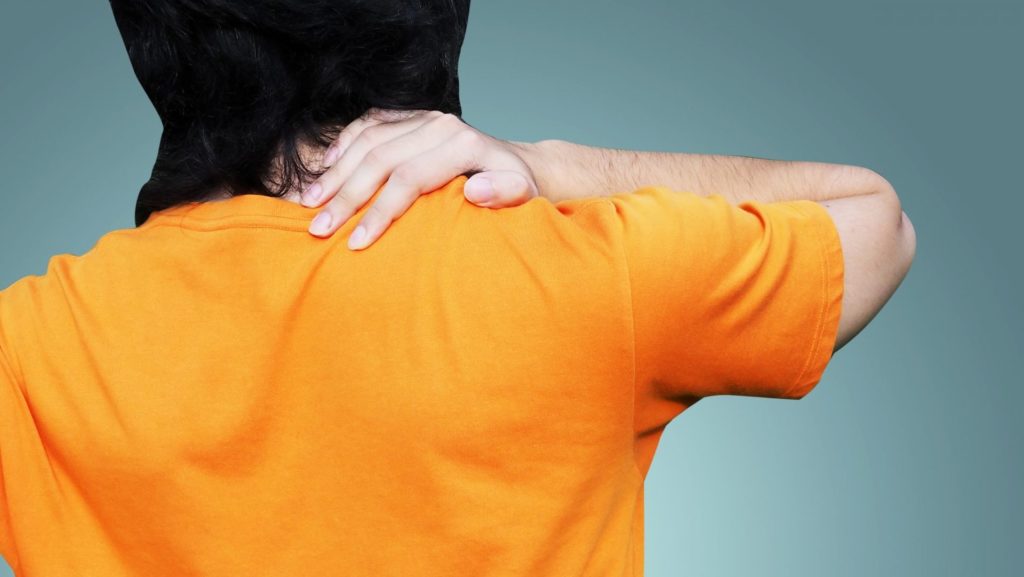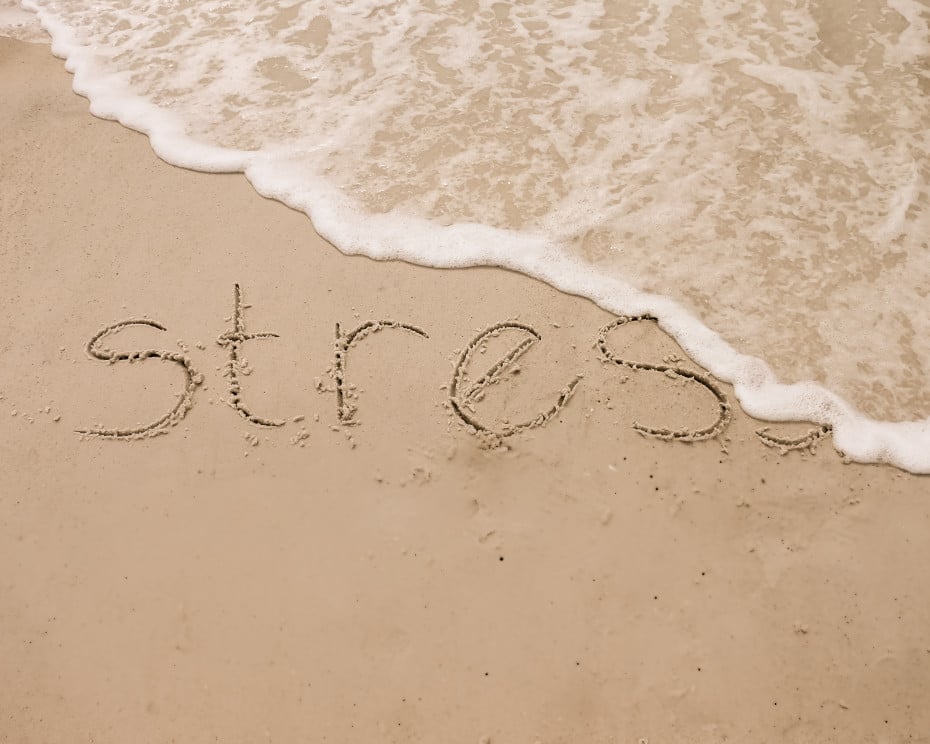Part Two in a Series
Read Time: 4:00 Mins.
This article is the second of a three-part series dealing with the opioid epidemic crisis engulfing our nation. In our first article, we explored the beginnings of it, and that it affects every social class and region. Again, the numbers are horrendous. The U.S. Centers for Disease Control (CDC) reported that in 2017, the number of overdose deaths involving prescription opioids, illegal heroin, and fentanyl was 6 times higher than in 1999. Of the 70,200 reported drug overdose deaths in 2017, approximately 68 percent involved an opioid. Opioid addiction is characterized by a powerful, compulsive urge to use opioid drugs, even when they are no longer medically required. Opioids have a high potential for causing addiction in some people, even when the medications are prescribed appropriately and taken as directed.
There is no question that opioids and other painkillers provide needed pain relief for a variety of situations. If you break a bone or suffer another serious injury, you probably want strong, effective pain relief that works nearly instantaneously. The issue is long term use of such powerful pharmacological drugs and the addiction dangers they pose.
Medical Marijuana as Part of the Solution
Many adults use medical marijuana to help with chronic pain among other medical conditions. This has the added benefit of reducing opioid reliance, and studies demonstrate that opioid prescriptions and corresponding potential abuse decrease in states that legalized medical marijuana for adults. A study in the Journal of the American Medical Association (JAMA) also found that “Medical cannabis policies may be one mechanism that can encourage lower prescription opioid use and serve as a harm abatement tool in the opioid crisis.” There is a certain amount of irony in this data as for years, law enforcement, states, and the federal government stigmatized marijuana as a “gateway drug” leading to cocaine and heroin abuse. But how exactly does medical marijuana help?
Unfortunately, when it comes to adults using medical marijuana to specifically fight opioid addiction, help varies greatly depending on where you live, and your state’s medical marijuana regulations. Currently, thirty-three states legalized medical marijuana for various medical conditions, but only a few specifically include opioid addiction as a qualifying condition. Currently, only Illinois, New Jersey (the first to do so), New York, and Pennsylvania specifically include it, and Ohio is considering it as well. This is true even for groundbreaking states like California, Colorado, Oregon, and Washington. However, they all permit adult-use marijuana so access to it is available. The six other adult-use states are Alaska, Maine, Massachusetts, Michigan, Nevada, and Vermont. Given the astounding numbers regarding opioid addiction, overdoses and deaths, hopefully, more states will include opioid addiction as a qualifying condition for medical marijuana consumption.
Where Can You Go for Help?
It’s incredibly important for anyone suffering from opioid addiction to talk to their doctor or a healthcare professional. According to the National Institute on Drug Abuse, several treatment options exist for opioid addiction, including detoxification, medicine, counseling, and behavioral therapies. If you or a loved one need information, visit the Centers for Disease Control’s resources website. Other resources include:
The American Society of Addiction Medicine
Substance Abuse and Mental Health Services
American Academy of Addiction Psychiatry
Medical Marijuana Research is Needed
Anecdotal evidence aside, prestigious research institutions and individual physicians alike are pursuing medical marijuana’s role in decreasing addiction and overdose deaths. The University of California at San Diego, and UCLA, are conducting studies in this area. The UCLA Cannabis Research Initiative is one of the first academic programs in the world dedicated to the study of cannabis to lead public policy and public health decisions regarding cannabis. Part of the CRI’s mission is to conduct a study with opioid patients and gather raw data on the effects of THC and CBD. At UCSD, its Center for Medicinal Cannabis Research is undertaking similar research. Principal Investigator, Yuyan Shi, Ph.D., focuses on “the epidemiology of marijuana and opioid use and the influences of marijuana regulation on the opioid epidemic.” She is seeking actual, empirical evidence to assist policymaking related to the prevention and control of marijuana and opioid use. In other words, how do marijuana regulations, and people’s access to medical marijuana, affect opioid use?
If you or someone you love is in need of help with opioid addiction, seek professional medical advice and see how cannabis may be of the solution. It can be a matter of life and death.
Karl Phillips is a writer who covers the cannabis industry.




